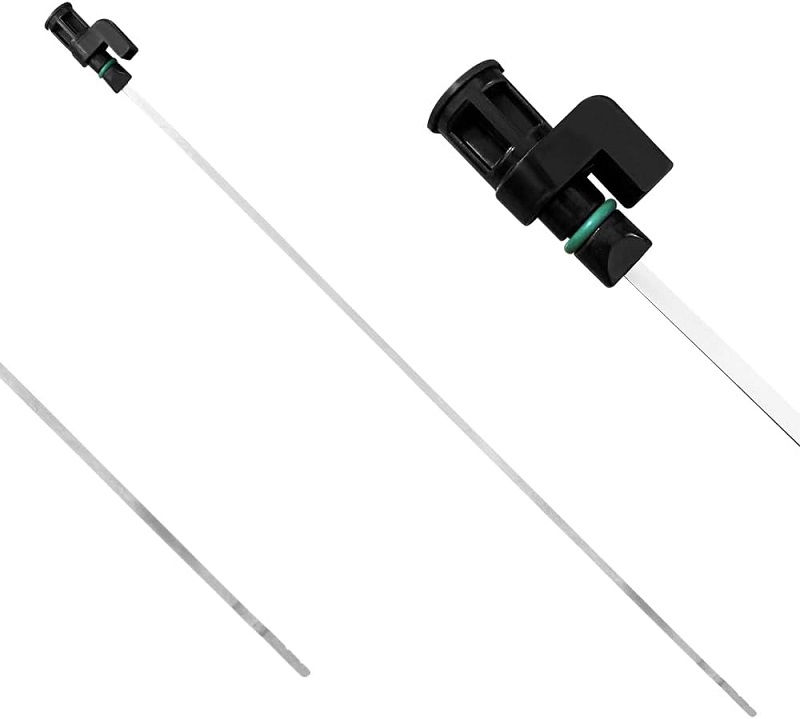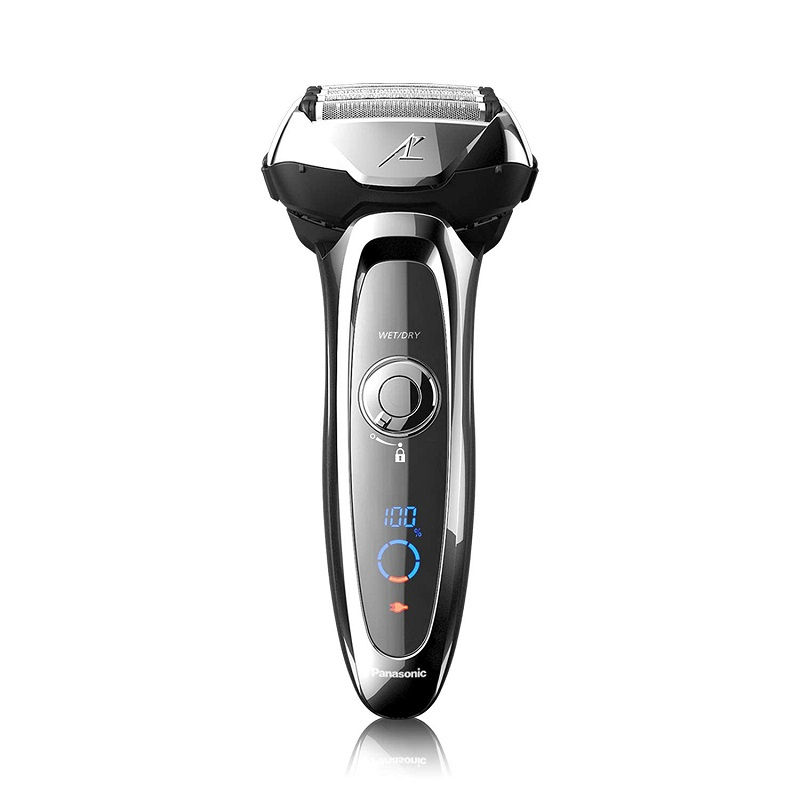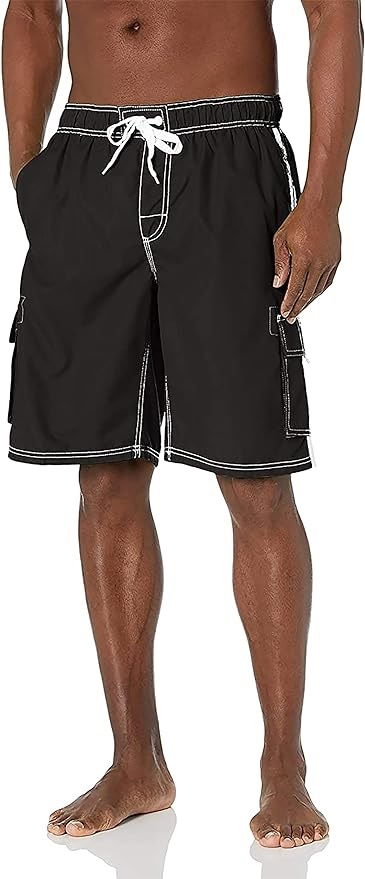This post contains affiliate links. This means I will make a commission at no extra cost to you should you click through and make a purchase [ “As an Amazon Associate, I earn from qualifying purchases.” ]. Read the full disclosure here.
2010 Nissan Murano Problems GuideMechanic.Com Are you a proud owner of a 2010 Nissan Murano? While this SUV has gained popularity for its sleek design and comfortable ride, it’s important to be aware of potential issues that may arise.
In this blog article, we will dive into the common problems faced by owners of the 2010 Nissan Murano, providing you with a detailed and comprehensive guide to help you navigate these challenges.
First and foremost, it’s crucial to note that not every 2010 Nissan Murano will experience these problems.
See Also: Nissan Altima Catalytic Converter
However, being informed about these issues can assist you in identifying and addressing them promptly, ensuring the longevity of your vehicle.
2010 Nissan Murano Problems
Transmission Failure

Transmission failure is one of the most significant issues reported by 2010 Nissan Murano owners. The transmission is responsible for transferring power from the engine to the wheels, and when it fails, it can leave you stranded or result in costly repairs. Signs of transmission failure may include slipping gears, delayed engagement, or strange noises while shifting.
Causes of Transmission Failure
There are several potential causes of transmission failure in the 2010 Nissan Murano. One common cause is the overheating of the transmission fluid, which can lead to damage to internal components.
Another possible cause is a faulty torque converter, which can result in poor power transfer and cause the transmission to malfunction.
Potential Solutions for Transmission Failure
If you suspect transmission failure in your 2010 Nissan Murano, it is crucial to have it diagnosed by a qualified mechanic.
In some cases, a transmission fluid flush and filter replacement may be all that’s needed to resolve the issue. However, if the damage is extensive, a transmission rebuild or replacement may be necessary.
CVT (Continuously Variable Transmission) Issues
The 2010 Nissan Murano is equipped with a Continuously Variable Transmission (CVT), which offers smooth and efficient performance.
However, this type of transmission has been known to exhibit certain problems. Common issues with the CVT in the 2010 Nissan Murano include vibrations, shuddering, and hesitation during acceleration.
Causes of CVT Issues
CVT issues in the 2010 Nissan Murano can be caused by a variety of factors. One common cause is a lack of proper maintenance, such as failing to regularly change the CVT fluid.
Another cause can be a faulty valve body, which regulates the flow of transmission fluid and can lead to erratic behavior of the CVT.
Potential Solutions for CVT Issues
If you are experiencing CVT issues in your 2010 Nissan Murano, it is recommended to have it inspected by a qualified technician.
See Also: Nissan Mass Air Flow Sensor Recall
Depending on the severity of the problem, solutions may range from a simple CVT fluid change to more complex repairs, such as replacing the valve body or even the entire CVT unit.
Power Steering Leaks
Power steering leaks are another common problem reported by 2010 Nissan Murano owners. The power steering system uses hydraulic pressure to assist with steering, and when there is a leak, it can result in difficulty turning the wheel or a loss of power steering altogether.
Causes of Power Steering Leaks
Power steering leaks in the 2010 Nissan Murano can be caused by various factors. One common cause is a faulty power steering pump or a worn-out seal. Another possible cause is a leak in the power steering hose or a loose connection.
Potential Solutions for Power Steering Leaks
If you suspect a power steering leak in your 2010 Nissan Murano, it is important to have it inspected by a professional.
Depending on the source of the leak, solutions may include replacing the power steering pump, repairing or replacing the power steering hose, or tightening loose connections.
Faulty Fuel Pump
A faulty fuel pump is a common problem reported by owners of the 2010 Nissan Murano. The fuel pump is responsible for delivering fuel from the tank to the engine, and when it fails, it can result in poor engine performance or even a complete engine failure.
Causes of a Faulty Fuel Pump
There are several potential causes of a faulty fuel pump in the 2010 Nissan Murano. One common cause is a clogged fuel filter, which can restrict fuel flow and put additional strain on the fuel pump. Another cause can be a failing fuel pump relay or a faulty wiring connection.
Potential Solutions for a Faulty Fuel Pump
If you suspect a faulty fuel pump in your 2010 Nissan Murano, it is essential to have it diagnosed by a qualified mechanic.
Depending on the specific issue, solutions may range from simply replacing the fuel filter to replacing the entire fuel pump assembly.
Electrical System Malfunctions
Electrical system malfunctions can cause various issues in the 2010 Nissan Murano. From problems with the headlights and taillights to issues with the power windows or stereo system, electrical malfunctions can be frustrating and impact your overall driving experience.
Causes of Electrical System Malfunctions
Electrical system malfunctions in the 2010 Nissan Murano can be caused by a range of factors. One possible cause is a faulty electrical component, such as a blown fuse or a malfunctioning switch. Another cause can be a wiring issue, such as a short circuit or damaged wiring harness.
Potential Solutions for Electrical System Malfunctions
If you are experiencing electrical system malfunctions in your 2010 Nissan Murano, it is advisable to have it inspected by a qualified technician.
Depending on the specific problem, solutions may include replacing faulty components, repairing damaged wiring, or updating the software in the vehicle’s electrical system.
Brake Problems
Brake problems can jeopardize the safety of your 2010 Nissan Murano and should be addressed promptly.
Common brake issues reported by owners include squealing or grinding noises, a spongy brake pedal, or reduced braking performance.
Causes of Brake Problems
Brake problems in the 2010 Nissan Murano can have various causes. One common cause is worn brake pads or rotors, which can lead to reduced braking performance and noises. Another possible cause is a malfunctioning brake caliper or a brake fluid leak.
Potential Solutions for Brake Problems
If you are experiencing brake problems in your 2010 Nissan Murano, it is crucial to have them inspected by a qualified mechanic.
Depending on the specific issue, solutions may range from simply replacing worn brake pads or rotors to repairing or replacing the brake calipers or addressing any brake fluid leaks.
Engine Overheating
Engine overheating can lead to severe damage if not addressed promptly. The 2010 Nissan Murano may experience engine overheating due to various factors, including a malfunctioning cooling system, a faulty radiator, or a coolant leak.
Causes of Engine Overheating
There are several potential causes of engine overheating in the 2010 Nissan Murano. One common cause is a malfunctioning thermostat, which regulates the flow of coolant through the engine. Another cause can be a faulty water pump, which circulates the coolant.
Potential Solutions for Engine Overheating
If your 2010 Nissan Murano is experiencing engine overheating, it is crucial to address the issue promptly to prevent further damage.
See Also: 2015 Nissan Sentra Mass Air Flow Sensor
Potential solutions may include replacing a faulty thermostat, repairing or replacing a faulty water pump, or addressing any coolant leaks in the system.
Suspension Noise
Suspension noise can be bothersome and indicate underlying problems with the 2010 Nissan Murano. Common suspension noise reported by owners includes clunking sounds, squeaks, or rattles while driving over bumps or uneven surfaces.
Causes of Suspension Noise
There are several potential causes of suspension noise in the 2010 Nissan Murano. One common cause is worn-out suspension components, such as bushings or ball joints. Another cause can be a loose or damaged stabilizer bar or strut mount.
Potential Solutions for Suspension Noise
If you are experiencing suspension noise in your 2010 Nissan Murano, it is advisable to have it inspected by a qualified technician.
Depending on the specific issue, solutions may include replacing worn suspension components, tightening or replacing stabilizer bar or strut mount, or addressing any loose or damaged parts in the suspension system.
Air Conditioning Failures
Check out this Kanu Surf Men’s Barracuda Swim Trunks (Regular & Extended Sizes)
Air conditioning failures can make your driving experience uncomfortable, especially during hot summer months.
Common air conditioning problems reported by 2010 Nissan Murano owners include blowing hot air, weak airflow, or strange odors coming from the vents.
Causes of Air Conditioning Failures
There are several potential causes of air conditioning failures in the 2010 Nissan Murano. One common cause is a refrigerant leak, which can result in a loss of cooling capacity. Another cause can be a faulty compressor or a malfunctioning blend door.
Potential Solutions for Air Conditioning Failures
Ifyou are experiencing air conditioning failures in your 2010 Nissan Murano, it is recommended to have it inspected by a qualified technician who specializes in automotive air conditioning systems.
Depending on the specific issue, solutions may include repairing refrigerant leaks, replacing a faulty compressor, or addressing any issues with the blend door or other components of the air conditioning system.
Rust Issues
Rust can be a significant problem, affecting both the appearance and structural integrity of your 2010 Nissan Murano.
Rust occurs when metal is exposed to moisture and oxygen over time, leading to the formation of iron oxide.
Common areas where rust may occur in the 2010 Nissan Murano include the body panels, undercarriage, and even the suspension components.
Causes of Rust Issues
Rust issues in the 2010 Nissan Murano can be caused by various factors. Exposure to road salt, moisture, and harsh weather conditions can accelerate the formation of rust. Additionally, scratches or chips in the paint can expose the metal to the elements, making it more prone to rusting.
Potential Solutions for Rust Issues
If you notice rust on your 2010 Nissan Murano, it is important to address it promptly to prevent further corrosion and damage.
Solutions for rust issues may include sanding and repainting affected areas, applying rust inhibitors or sealants, or replacing severely rusted components, depending on the severity of the rust and the affected parts.
2010 Nissan Murano Problems
Conclusion
In conclusion, being aware of the common problems that can arise with the 2010 Nissan Murano is essential for maintaining the longevity and performance of your vehicle.
From transmission failure to electrical system malfunctions, brake problems, and rust issues, each problem requires careful attention and timely repairs.
See Also: P0101 Nissan Sentra
Remember to have your vehicle inspected by qualified technicians who specialize in Nissan vehicles to diagnose and resolve any issues you may encounter.
By staying proactive and addressing these problems promptly, you can ensure that your 2010 Nissan Murano continues to provide you with a safe and enjoyable driving experience for years to come.



